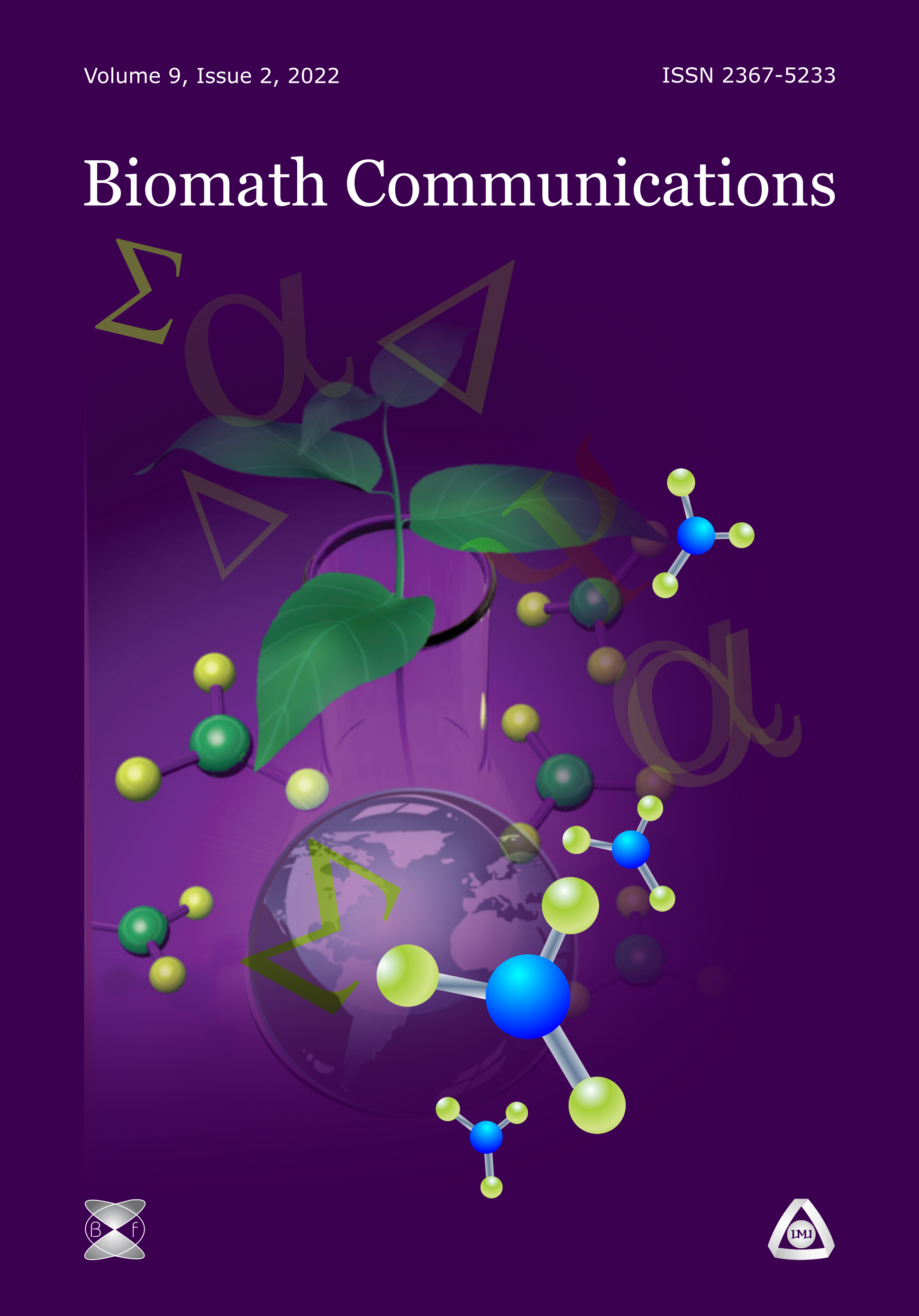Free-energy Landscape of Magainin Monomer Variants in Water Solution: a Well-tempered Metadynamics Study
DOI:
https://doi.org/10.11145/cb.v3i1.304Abstract
The antimicrobial peptides (AMPs) are small water-soluble peptides, evolving from organisms of all types. Because of cytolytic abilities they are in position to kill a variety of bacteria and other cells. The AMPs mode of action includes a stage of association with the cell border structures bacterial envelope (wall and membranes) and penetration through them. Many peptides are prone to conformational changes depending on the environmental conditions and characteristics of protein folding and denaturation, in general and specifically concerning AMPs, are intriguing in no lesser extent. Undoubtedly, any perturbation in AMPs 3D structure will be reflected in their interaction with the membrane. Magainins are good example in this regard, because it is still not absolutely clear what is the exact secondary structure of magainins before accessing the membrane surface and how this structure is responsible for their action. For this reason, we investigated the secondary structure stability of two magainin monomers in solution by atomistic level molecular dynamics simulations. We chose the regular form of magainin 2, MG2 (GIGKFLHSAKKFGKAFVGEIMNS) to compare its behavior with an analogue MG2m (F5Y, F16W-MG2). We found that the initial alpha-helical structures changed in different ways for the two monomers after their exposure to the solution. The native form exhibited rich structural behavior, with a set of helical and random turn motifs, while the synthetic analogue turned out to be predominantly disordered, which indicates the importance of side chain groups around 5PHE and 16PHE for maintenance of the solvated-protein conformation. As these amino acid residues are responsible forВ dimmerization of MG2m, the knowledge about the dynamics of this region is of crucial interest for the prediction of free magainin structures prior to membrane binding. Here we present the free-energy landscape of the chosen monomers obtained by a well-tempered metadynamics study, and discuss their behavior with an emphasis on the conformations of three particular regions in their structure.Downloads
Published
Issue
Section
License
The journal Biomath Communications is an open access journal. All published articles are immeditely available online and the respective DOI link activated. All articles can be access for free and no reader registration of any sort is required. No fees are charged to authors for article submission or processing. Online publications are funded through volunteer work, donations and grants.
Authors who publish with this journal agree to the following terms:
- Authors retain copyright and grant the journal right of first publication with the work simultaneously licensed under a Creative Commons Attribution License 4.0 that allows others to share the work with an acknowledgement of the work's authorship and initial publication in this journal.
- Authors are able to enter into separate, additional contractual arrangements for the non-exclusive distribution of the journal's published version of the work (e.g., post it to an institutional repository or publish it in a book), with an acknowledgement of its initial publication in this journal.
- Authors are permitted and encouraged to post their work online (e.g., in institutional repositories or on their website) prior to and during the submission process, as it can lead to productive exchanges, as well as earlier and greater citation of published work (See The Effect of Open Access).

